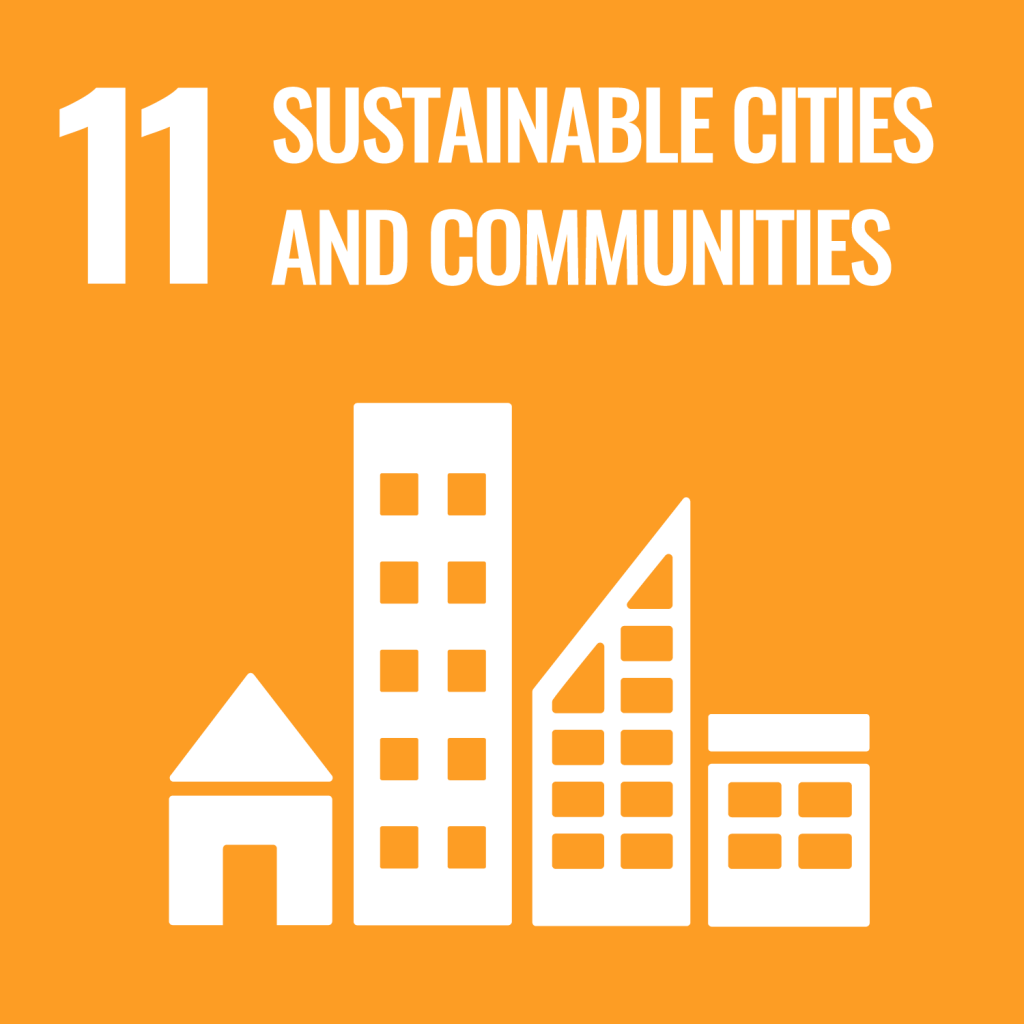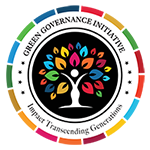Fact And Figures
The SDG 11 has been focussing on making cites and urban areas more safe and inclusive. To look at urban areas as incubators of innovation and sustainability one needs to look at the fact that by 2030, it is projected that 6 out of 10 people will be urban dwellers. This signifies that managing land consumption would be a major issue with subissues like waste management, solid waste disposal, housing, slum dwellers and their consequential health conditions and more urban air pollution becoming unavoidable.
From 2000 to 2015, in all regions of the world, the expansion of urban land outpaced the growth of urban populations. This has meant that there is less density as cities grow on one hand, but simultaneously, unplanned urban sprawl that is posing serious managerial and sustainable challenges. Service delivery and disaster mitigation are serious challenges as cities grow without borders.
Goal 11 aims to promote inclusiveness and sustainable urbanization so that the cities can be productive, accessible places that attract talent, encourage innovation and create economic growth. It lays down a framework to ensure capacity building for better governance.
6 People
out of 10 will be urban dwellers by 2030
5 million
Will be catered to in urban areas by 2030

Target
11.1 By 2030, ensure access for all to adequate, safe and affordable housing and basic services and upgrade slums
11.2 By 2030, provide access to safe, affordable, accessible and sustainable transport systems for all, improving road safety, notably by expanding public transport, with special attention to the needs of those in vulnerable situations,women, children, persons with disabilities and older persons
11.3 By 2030, enhance inclusive and sustainable urbanization and capacity for participatory, integrated and sustainable human settlement planning and management in all countries
11.4 Strengthen efforts to protect and safeguard the world’s cultural and natural heritage
11.5 By 2030, significantly reduce the number of deaths and the number of people affected and substantially decrease the direct economic losses relative to global gross domestic product caused by disasters, including waterrelated disasters, with a focus on protecting the poor and people in vulnerable situations
11.6 By 2030, reduce the adverse per capita environmental impact of cities, including by paying special attention to air quality and municipal and other waste management
11.7 By 2030, provide universal access to safe, inclusive and accessible, green and public spaces, in particular for women and children, older persons and persons with disabilities
11.A Support positive economic, social and environmental links between urban, peri-urban and rural areas by strengthening national and regional development planning
11.B By 2020, substantially increase the number of cities and human settlements adopting and implementing integrated policies and plans towards inclusion, resource efficiency, mitigation and adaptation to climate change, resilience to disasters, and develop and implement, in line with the Sendai Framework for Disaster Risk Reduction 2015-2030, holistic disaster risk management at all levels
11.C Support least developed countries,including through financial and technical assistance, in building sustainable and resilient buildings utilizing local materials
Our Team


Mandira Popat
Team Lead SDG 11

